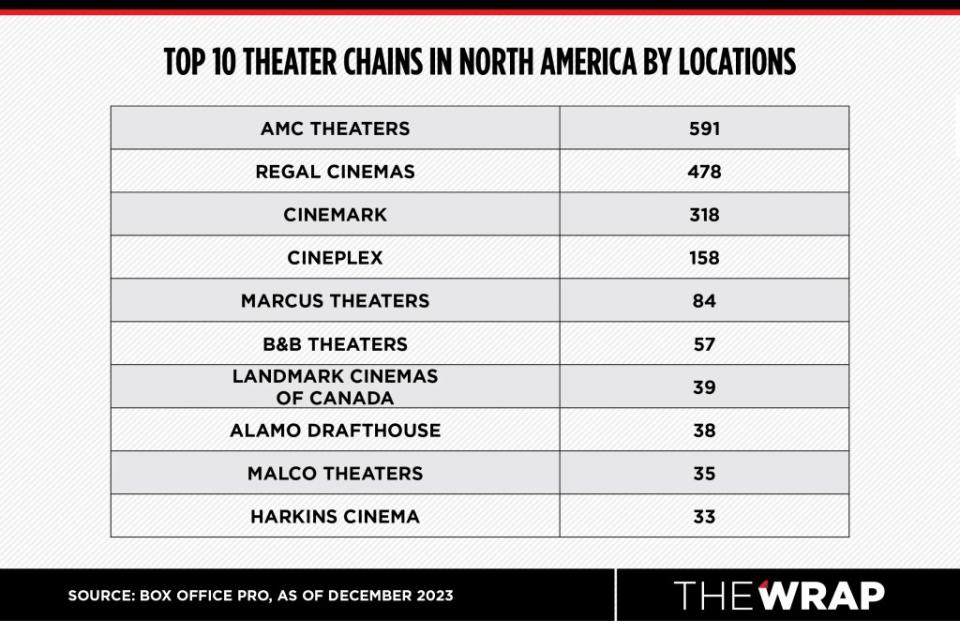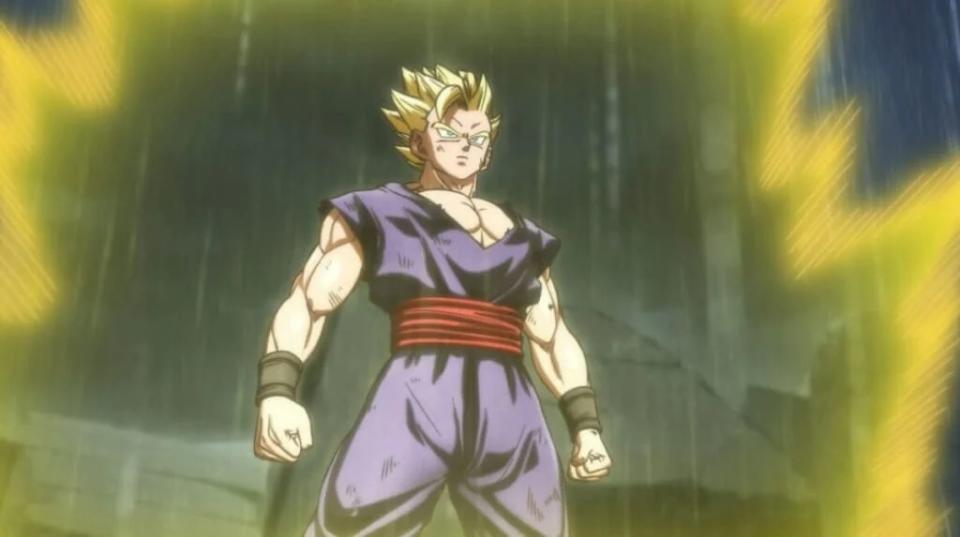With Historic Alamo Drafthouse Deal, Sony Enters New Terrain, Invests for Crunchyroll | Analysis
In buying the troubled Alamo Drafthouse theater chain for an undisclosed sum last week, Sony Pictures became the first studio since 2002 to own a theater chain, offering the studio a chance to market its films directly to Alamo’s membership base of 4 million cinephiles and invest in a pipeline for its recently-acquired anime powerhouse, Crunchyroll.
The bold move comes nearly four years after a landmark decision in 2020 by a U.S. District Court in New York to terminate the 1948 Paramount Consent Decrees, which prevented a studio from owning a theater chain and dismantled what was then Hollywood’s studio system.
It also comes after a rocky recent past for Alamo Drafthouse, which filed for Chapter 11 bankruptcy in March 2021, which closed some locations and cancelled plans to open new ones, then emerged from bankruptcy under the ownership of League, Altamont Capital Partners and Fortress Investment Group.
With Alamo, Sony adds a nationwide circuit of 35 dine-in locations to its portfolio, giving it a direct connection to a base of 4 million subscribers who frequent Alamo’s locations for its collectibles, movie-themed menus and special screenings of classic films. The deal also shows that Sony is serious about incorporating Crunchyroll, the anime streaming platform the company acquired in 2022 from AT&T for $1.18 billion, into its theatrical plans.
The Japanese-owned major declined to comment beyond the comments given by Sony and Alamo chief executives in Wednesday’s announcement. Neither company has commented on the price Sony paid for the theater chain. Alamo will continue to operate under its current CEO Michael Kustermann and will be part of a new division called Sony Pictures Experiences.

“We believe strongly in engaging entertainment fans outside the home in fun and distinctive ways,” Sony President/COO Ravi Ahuja said in a statement. “Alamo Drafthouse’s differentiated movie-going experience, admired brand and devoted community fit well with this vision…We look forward to building upon the innovations that have made Alamo Drafthouse successful and will, of course, continue to welcome content from all studios and distributors.”
The acquisition could prove to be a precedent if other entertainment companies follow Sony’s lead. After federal deregulation in the 1980s and 1990s, major studios like Sony and Universal bought chains like the now-defunct Loews Theaters. But streaming studios have bought only a small handful of arthouse theaters since the Paramount Decrees were lifted. Netflix, for example, acquired the Bay Theater in Pacific Palisades in 2021 while Amazon purchased the former Arclight Cinemas location in Culver City in 2022.
From Austin to a national chain
Since its founding by Tim and Karrie League in 1997 with its first location in a former parking garage in Austin, Alamo Drafthouse has built a reputation among hardcore cinephiles as a place to enjoy cinema past and present, with firm rules against talking and texting during screenings. The chain slowly expanded across Texas through the 2000s before evolving into a nationwide chain starting with a location in Winchester in 2009.
By the end of 2019, Alamo had expanded to 15 states, but the year-long pandemic closures forced the company to file for bankruptcy in 2021, closing several locations including all three in Arizona. Altamont Capital Partners acquired the chain later that year, with Tim League and Fortress Investment Group attached to manage funds.
Under Altamont, Alamo continued to cut underperforming locations while opening new ones in Chicago, Boston and Staten Island. The chain also made a move that earned disapproval from some of its customers when it sold Mondo, its high-end collectible division that sells vinyl soundtracks and unique posters, to Funko in 2022.

Then, earlier this year, it was reported that Altamont was exploring a sale of Alamo, reaching out to studios to find interest.
With Alamo, Sony also sees a big opportunity for Crunchyroll, the anime company it merged with its own anime distributor, Funimation. Sony has heavily promoted Crunchyroll’s theatrical offerings, including with a presentation at CinemaCon in Las Vegas in April.
Alamo has built a reputation for prominently featuring both new and classic genre films at its locations and its annual Fantastic Fest in Austin. This includes anime, as the studio has regularly featured repertory screenings of films like Studio Ghibli’s “Nausicaa and the Valley of the Wind,” which will be screened at Alamo locations to celebrate the film’s 40th anniversary.
Crunchyroll has successfully drawn fans of anime series like “Demon Slayer,” “Dragon Ball” and “Haikyu!!” to theaters for feature film installments of those franchises, which have given theaters a one-weekend jolt to their bottom line. With a chain that actively courts anime lovers now in their portfolio, Sony now has the tools to experiment with how it sells Crunchyroll films directly to Sony’s core audience and get more direct feedback on how that audiences responds.

That advantage extends to Sony’s entire theatrical division, as the studio now has access to more detailed information about how films are performing at Alamo’s locations at different showtimes and how they are responding to emails and other promotional material, Patrick Corcoran, founding partner of exhibition consulting firm The Fithian Group, told theWrap.
“There is a real disconnect between the way theater owners see moviegoers and the way distributors do,” he said. “Exhibitors have insights and understanding of their customer base in whatever market they are in that studios just don’t have.”
There’s also the optics of a major Hollywood studio — the only one that doesn’t have its own streaming service — getting directly in the exhibition game. Sony Pictures Chairman Tom Rothman has repeatedly extolled movie theaters as the bedrock of Sony Pictures. Now his studio is putting its money where his mouth is, showing exhibitors and directors that they are more committed than ever to getting the box office back to where the industry wants it to be.
“Sony’s move highlights something we’ve always known: that theatrical exhibition is an industry worth investing in,” NATO President Michael O’Leary told TheWrap. “Sony has always been a major theatrical partner, and when you combine that with Alamo’s innovative history of creating experiences, this investment reaffirms the value of movie theaters both financially and culturally.”
Will other studios follow Sony’s lead?
The question now is whether any other studios follow suit. Exhibition sources tell TheWrap they think it is unlikely, at least in the short term, as Alamo was a special case of a company with a strong brand and the size of a regional chain but the geographic reach of a national one.
For other studios, the advantage of having exhibition data may not outweigh the additional costs of running a theater chain. Some of the majors, including Paramount, are struggling with corporate instability, and other top theater chains in the U.S. have significantly larger economic footprints with higher infrastructure costs.
But Corcoran anticipates that if the box office improves in the latter half of 2024 and even more so in 2025, as expected, more theater chains will be involved in acquisition deals and other major investments.
The biggest such deal will likely happen in the U.K., where Regal Cinemas’ parent company Cineworld is in the early stages of a potential sale of its nearly 100 cinemas. In the United States, where there are approximately 39,000 movie screens according to NATO, further sales of entire chains like Alamo are less likely. But competitors may pick up certain multiplexes closed by chains for underperformance, with some of them getting significant refurbishment thanks to new investment to add premium format screens and other modern amenities.
“What I am seeing is that there’s a lot of potential investment circling around the industry, but that is all based on when exactly the full box office is going to return,” Corcoran said. “Potential buyers are trying to time it right when the box office really starts picking up, but not too late so that the asking price gets too high.”
The post With Historic Alamo Drafthouse Deal, Sony Enters New Terrain, Invests for Crunchyroll | Analysis appeared first on TheWrap.


